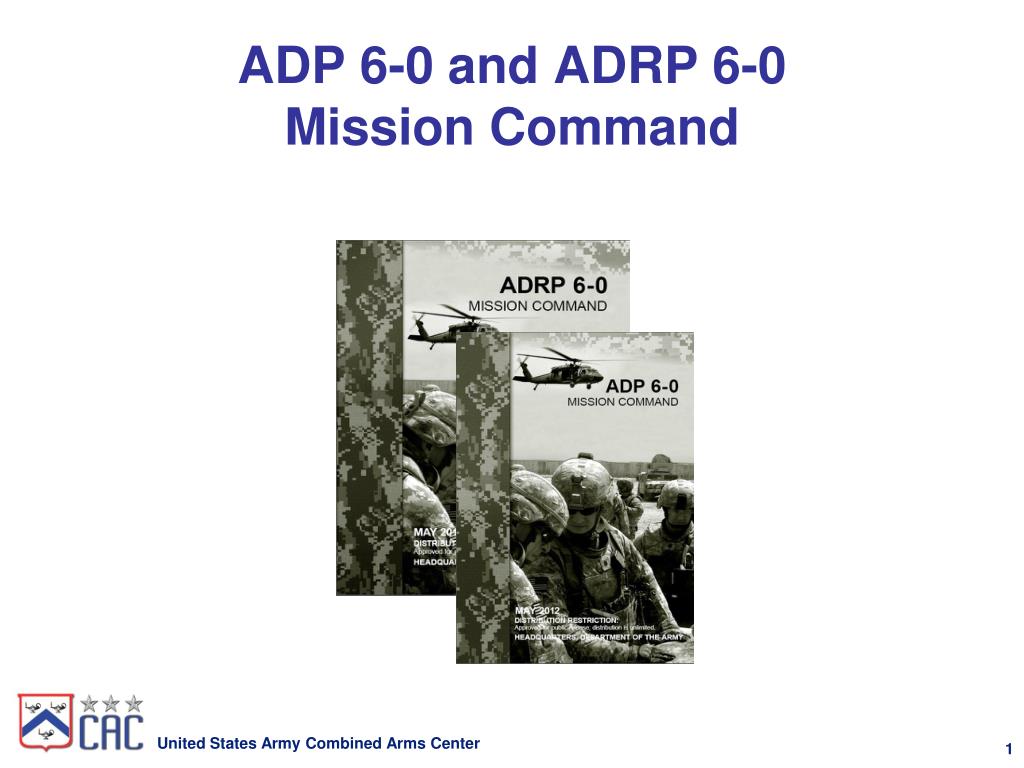Jlots Doctrine
The solution has been joint logistics over-the-shore (JLOTS) operations, in which the Army and the Navy work together to move a ground force directly from ship to shore. The articles beginning on pages 20 and 24 describe the largest JLOTS exercise ever held in peacetime, the U.S. Transportation Command’s Pacific Strike 2008 in California. Joint Logistics Over the Shore (JLOTS) operations are the unloading of ships without the benefit of fixed port facilities. Container ships, RO/RO ships, break bulk ships, heavy lift ships, and tankers are the most common merchant vessels utilized in JLOTS to transport military cargo.
- Joint Pub 4-01.6: Joint Logistics over the shore (JLOTS). JP4-01.6050805; Joint Pub 4-02:Health service support. JP4-02061031; Joint Pub 4-03: Joint bulk petroleum and water doctrine. JP4-03101209; Joint Pub 4-04: Joint doctrine for civil engineering support. JP4-04950926; Joint Pub 4-05: Joint Mobilization Planning.
- The mission of the Joint Logistics Over-The-Shore (JLOTS) working group is to facilitate and streamline the coordination between Services and within the JLOTS Community of Interest on initiatives, doctrine, training and procedures in support of the Combatant Commanders' JLOTS requirements, and to advocate enhancements and sustainability of JLOTS capabilities.
- Establishes joint doctrine for the conduct of joint logistics over-the-shore (JLOTS) operations across the range of military operations. Includes procedures concerning the transition from amphibious operations to a JLOTS operation.
[ILLUSTRATION OMITTED]
The U.S. military conducts LOTS operations to load and unload ships through inadequate or damaged ports or over a bare beach when facilities are not available or are non-existent.
Joint Logistics Over-the-Shore occurs when Army and Navy units conduct LOTS operations together under one Joint commander in support of regional Combatant Commanders' exercise program. USTRANSCOM maintains oversight and DOD-wide governance of JLOTS as the Distribution Process Owner. USTRANSCOM JLOTS responsibilities include scheduling and assisting COCOMs to plan and execute JLOTS exercises, as well as oversight of JLOTS research and development, acquisition, training and doctrine.
As the Army's executive agent for JLOTS, SDDC's responsibilities include planning, execution, resourcing, guidance and training oversight for JLOTS exercises to improve Army power projection, force deployment, and logistics support to the warfighter.
SDDC is also responsible for the identification of resources to support the JLOTS program, and management of JLOTS funding and OSD service incremental funds. SDDC also reviews and provides guidance on preparation of field budget estimates for JLOTS exercises.
SDDC develops and implements a five-year JLOTS exercise program, and coordinates with force providers for identification and validation of forces, resources, and equipment for each exercise.
No portion of this article can be reproduced without the express written permission from the copyright holder.
Accession Number : ADA581316

Title : The Relevance and Future of Joint Logistics Over the Shore (JLOTS) Operations


Lots Doctrine Jobs
Descriptive Note : Master's thesis
Corporate Author : NATIONAL DEFENSE UNIV NORFOLK VA JOINT ADVANCED WARFIGHTING SCHOOL
Personal Author(s) : Fisher, Rhonda L
Full Text : https://apps.dtic.mil/dtic/tr/fulltext/u2/a581316.pdf

Report Date : Apr 2013
Pagination or Media Count : 82
Lots Doctrine Vs
Jlots Doctrine
Abstract : While the United States military is unmatched in its ability to project forces anywhere in the world, this advantage is only enjoyed because of reliance on strategic airlift and sealift combined with world-class port and airfield infrastructure. As an option, Joint Logistics over the Shore (JLOTS) operations enable strategic ship offload through inadequate or damaged ports, or over a bare beach. The Department of Defense (DoD) must ensure that this capability is sufficient and integrated across the Joint Force. History has shown the advantage of projecting forces onto the shores of the enemy. However, periods between conflicts have often resulted in decreased budgets and less emphasis on capabilities such as amphibious operations and JLOTS. To continue to provide this flexible logistics option, the Services and the joint community must emphasize its importance through continued investment and increased joint collaboration. A comprehensive study to determine concepts, capabilities, and requirements for JLOTS to support future Joint force structures will ensure an accurate starting point for assessing JLOTS. Doctrine must reflect the importance of JLOTS to emerging concepts such as seabasing to ensure a seamless transition from one method of logistics delivery to another. Continued and expanded training opportunities will increase the breadth of JLOTS experience across all the Services. The platforms and capabilities existing today for JLOTS must continue to receive required funding to ensure availability when needed for the next contingency. Finally, the joint community must explore every opportunity to enhance its JLOTS capability to ensure that this capability is still viable as platforms and equipment reach the end of their serviceable life.
Descriptors : *AMPHIBIOUS OPERATIONS , *DELIVERY , *JOINT MILITARY ACTIVITIES , *LOGISTICS SUPPORT , *MILITARY CAPABILITIES , *SHORES , AIRLIFT OPERATIONS , CASE STUDIES , FALKLAND ISLANDS , HAITI , KOREAN WAR , MILITARY HISTORY , PORTS(FACILITIES) , SEALIFT OPERATIONS , SECOND WORLD WAR , THESES , UNLOADING
Subject Categories : Humanities and History
Logistics, Military Facilities and Supplies
Military Operations, Strategy and Tactics
Distribution Statement : APPROVED FOR PUBLIC RELEASE